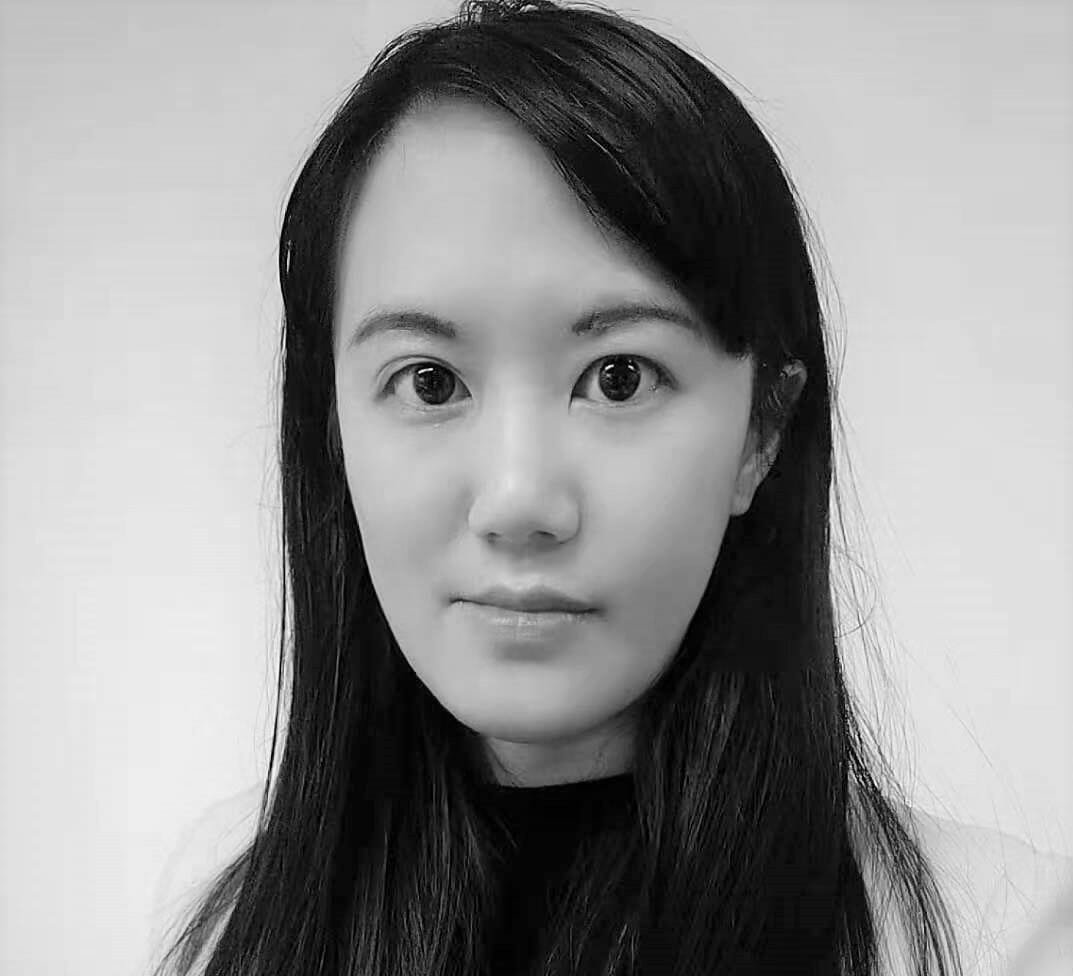Table of Contents
ToggleIntroduction
Chinese opera, also known as Zhōngguó xìqǔ (中国戏曲) in Mandarin, is a beloved art form that exemplifies Chinese culture. It creates a magnificent presentation by fusing music, theater, and art, bringing the audience on an exciting, multisensory trip.
With a rich history that has endured centuries, Chinese opera incorporates diverse components: the huà dàn (花旦), portraying beautiful and young female roles; the shēng (生), representing male characters; the chǒu (丑), showing comedic figures; and the jìng (净), depicting characters with painted faces. The complex interplay of these roles brought to life through detailed costumes, makeup, props, and physical performances, defines the dynamism of Chinese opera.
The Music Element
The music of Zhōngguó xìqǔ (中国戏曲) heavily relies on traditional Chinese instruments. The instruments’ tempo and rhythm often guide the actors’ movements on stage. Two instruments typically used in Beijing opera, known as jīngjù (京剧), are the jīng hú (京胡), a two-stringed fiddle, and the yángqín (扬琴), a hammered dulcimer.
The vocal styles vary significantly across the different regional opera genres. For instance, jīngjù features a distinct high-pitched vocal style known as xiāo shēng (小生). In contrast, in Yùjù (豫剧) or Henan opera, performers use a more profound, resonant vocal style.
The Drama Element
The narratives of Chinese opera draw heavily from historical events, folklore, and ancient Chinese literature, frequently featuring moral lessons, heroic tales, and romantic stories.
Moreover, the physical performances in Chinese opera, from acrobatics to martial arts, add an additional layer of drama. Actors are expected to master the technique of shū huǐ (疏挥), or the gestures and body movements, to communicate emotions effectively. This skill requires years of dedicated practice.
The Art Element
Every facet of a Chinese opera is an artwork – from the vibrant, intricate costumes to the elaborate, painted faces of the jìng (净) roles. Each color used in the facial makeup signifies a particular symbolism: for example, red symbolizes loyalty and bravery, white represents deceit, and gold and silver are used for gods and spirits.
Even the stage design in Chinese opera is a testament to this art form’s aesthetic precision and creativity, often serving as a silent storyteller that augments the dramatic performance.
In conclusion, Chinese opera, or Zhōngguó xìqǔ (中国戏剧), is a perfect blend of music, drama, and art that has preserved the cultural richness of China over centuries. Its vibrant performances are a testament to Chinese culture’s ingenuity and artistic spirit.

Students have a rare chance to learn about Chinese opera during our summer camp. Students with a passion for learning about Chinese culture, history, art, Chinese porcelain, etc., ranging in age from 7 to 17, can enroll in the summer camp.
How long will the Chinese School Summer Camp last?
The camp will typically run from June 19 through August 7 in 2023, for nine weeks.
How frequently are lessons held throughout the nine weeks?
In the program, several classes are often held each week. Please get in touch with us or visit our website for more information about the class schedule.
Contact our head teacher Chen Huimin at info@lcchineseschool.com if you want to learn Chinese or have additional questions about our Chinese programs.
REGISTER for our SUMMER CAMP in 2023!
Learn about our Internship Program in China.
Learn about holidays in China in 2023.
Get free Chinese learning resources.
Read about the Spring Festival Celebration on NRK’s website: https://www.nrk.no/norge/harens-ar-1.16270652#top.







